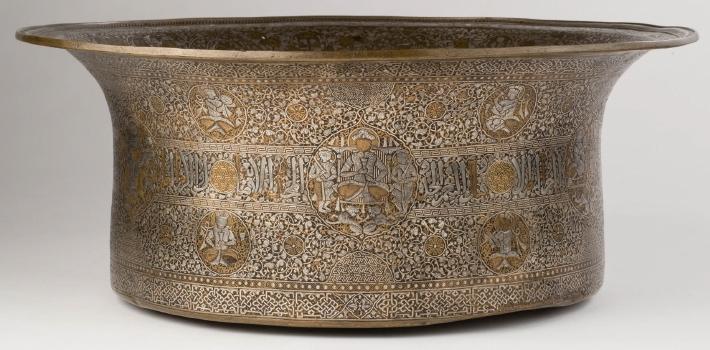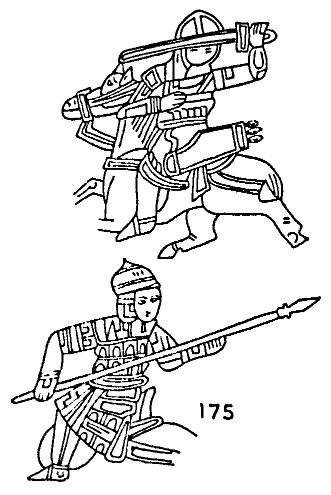
Join Amazon Prime - Watch Thousands of Movies & TV Shows Anytime - Start Free Trial Now
Ayyubid or Mamluk inlaid metal basin, 13th century AD,
Staatliche Museen, Berlin

A larger image of this Ayyubid or Mamluk inlaid metal basin, 13th century AD. Staatliche Museen, Berlin.

